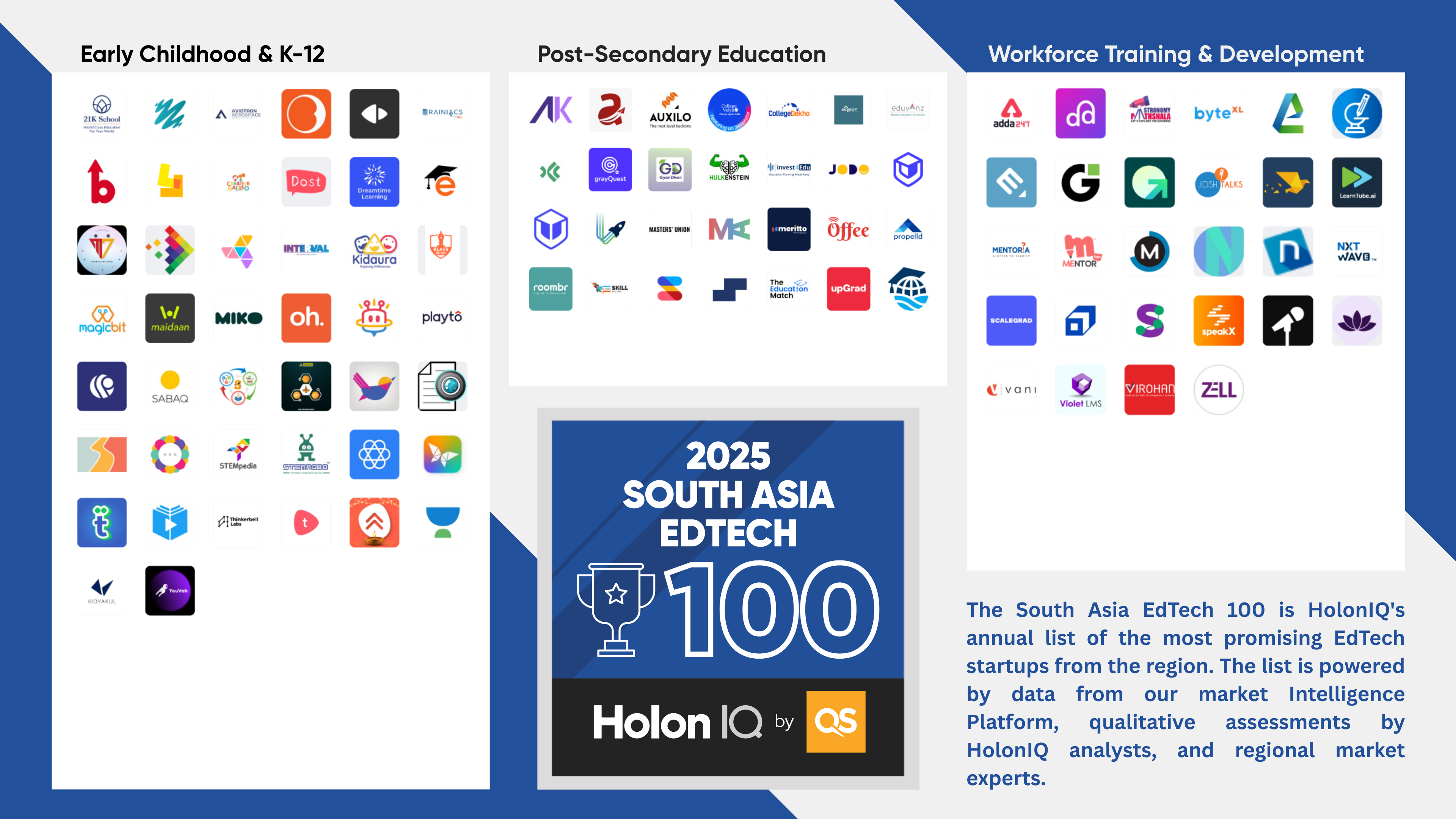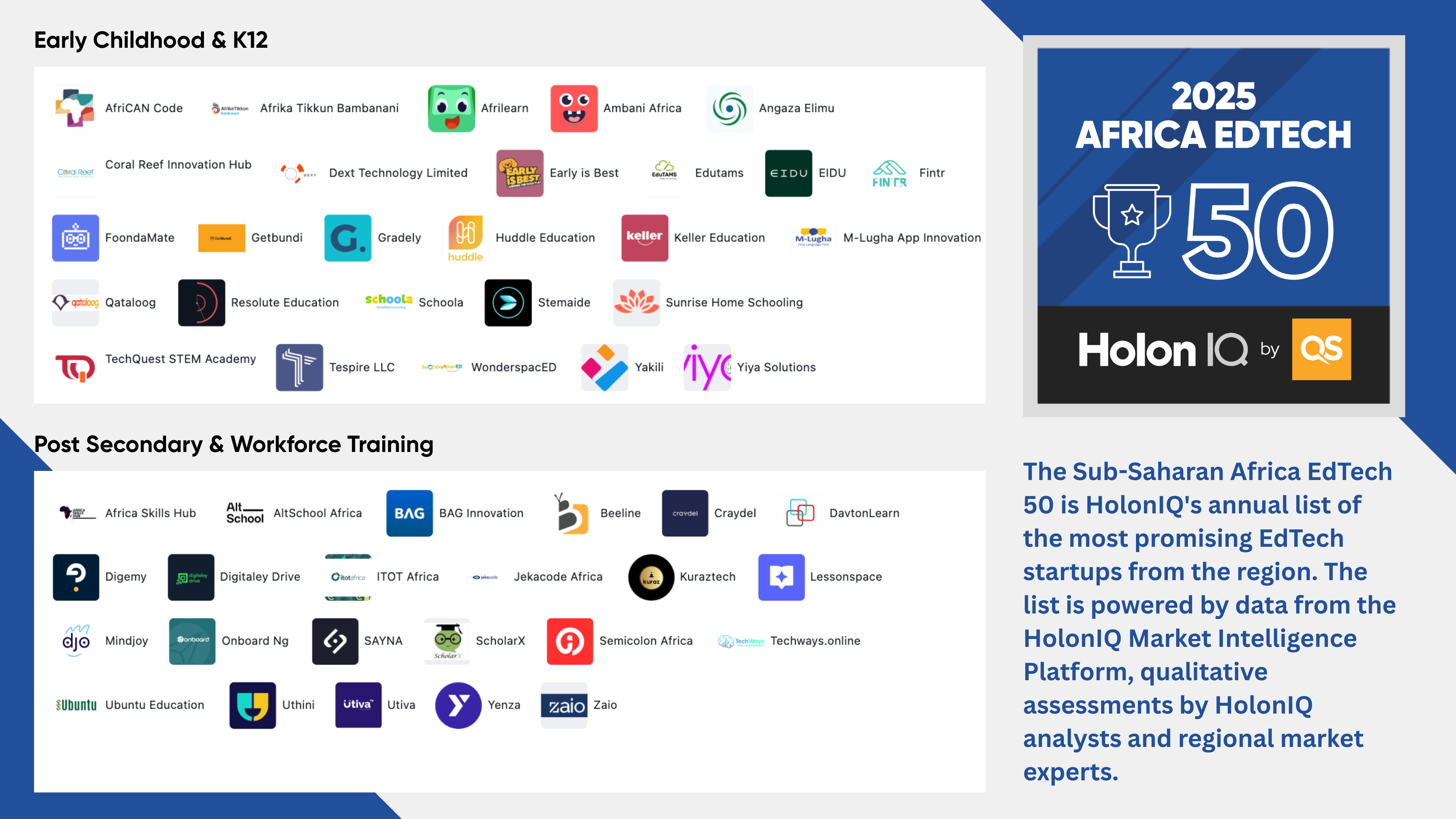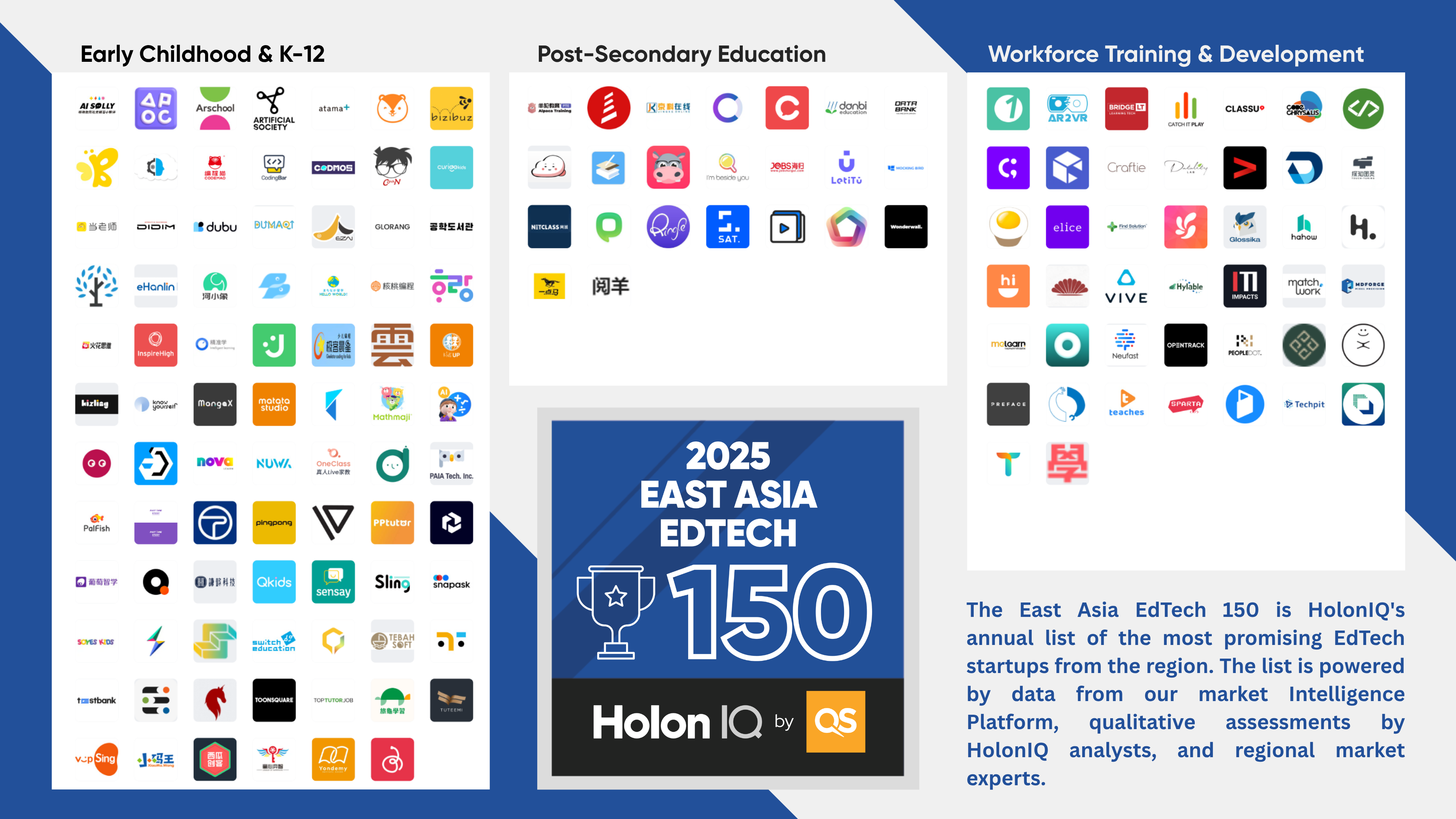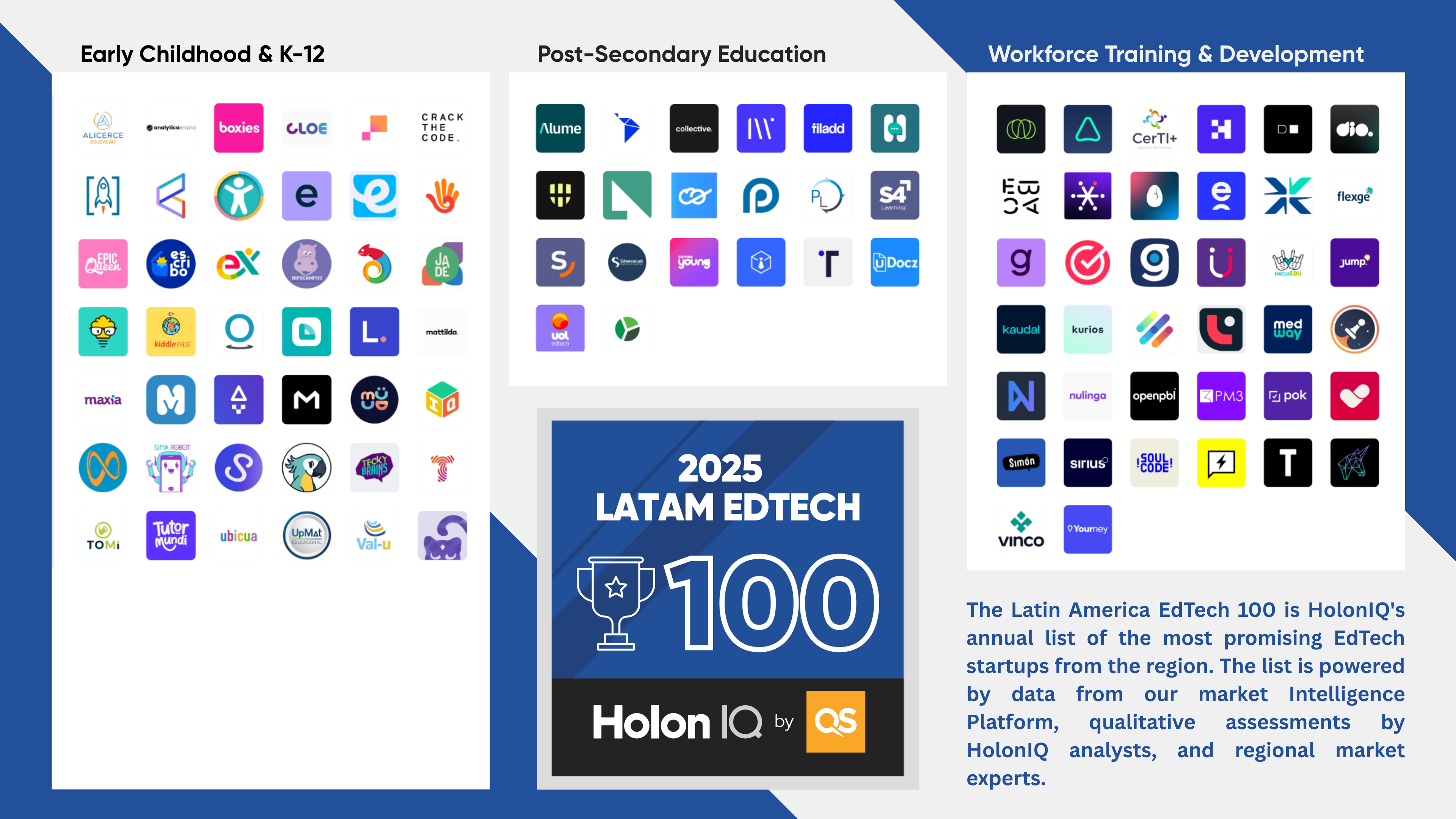Bok 🏰
Japan is launching a 6-month digital nomad visa which will be offered to visitors from 49 countries. South Korea's fertility rate has dropped by 8% despite $270B spent on incentives since 2006. The Biden administration has allocated $366 million towards renewable energy projects in sparsely populated regions.
Today's Topics
- 🌬️ Electricity Generation. Wind energy grows 6x in the US
- 👨💻 Digital Nomads. 50%+ digital nomads hold Bachelor's degrees
- 👶 Fertility Rates. 4.3 children per woman in Africa
For unlimited access to over one million charts, request a demo.
🌬️ Wind Energy Grows 6x in the US

Globally, solar is the leading renewable source of energy, with 1 terawatt of solar capacity installed by 2022. However, the US has deviated from this trend, with wind energy taking the lead in renewable electricity generation, growing rapidly to reach 435 terawatt-hours by 2022, which is 6x that of 2015. The US also exhibits a significant reliance on hydroelectric power, which constitutes 28.7% of its total renewable electricity generation and is the US's second largest renewable energy source. Geothermal and biomass in the US have experienced stagnant growth since their introduction, exhibiting low growth rates in electricity generation over the years.
👨💻 50%+ Digital Nomads Hold Bachelor’s Degrees

A majority of digital nomads hold bachelor's degrees, as their work often involves specialized skills and software programs, typically requiring higher education. Increased digitization has enabled more workers to become location-independent and allowed them to mix work and travel. In contrast, only 34% of digital nomads have master's degrees, which is partially explained by the generally low proportion of master's graduates. Master's degree holders are also more likely to be in roles with greater responsibilities, which limits location flexibility. Ph.D. holders have the lowest representation among digital nomads, primarily because of their academic and research roles, which require them to be on-site.
👶 4.3 Children Per Woman in Africa

Globally, fertility rates are on the decline, falling from an average of 4.5 in the 1960s to 2 children per woman currently. In Africa, the fertility rate declined from 6.7 children per woman to 4.3 which can be explained by measures taken by institutions such as the UNFPA to educate and increase access to contraceptives. However, a fertility rate 2x the global average in Africa is due to persisting cultural norms that encourage larger families and the continuing hesitance to adopt family planning methods. Large families are considered an advantage as it would provide labor for family-owned farms while increasing the probability of a child breaking the poverty cycle and helping to uplift the rest of the family out of poverty.
In contrast, developed regions are witnessing sharper declines in fertility rates, leading to declining population growth and aging populations. This is influenced by factors such as increased access to education and the greater participation of women in the labor force. Moreover, rising costs associated with child-rearing in developed regions, coupled with the necessity for both parents to work, contribute to the observed decrease.
Like getting this newsletter? For unlimited access to over one million charts, request a demo.
Thank you for reading. Have a great week ahead!
Have some feedback or want to sponsor this newsletter? Let us know at hello@holoniq.com








.png)







